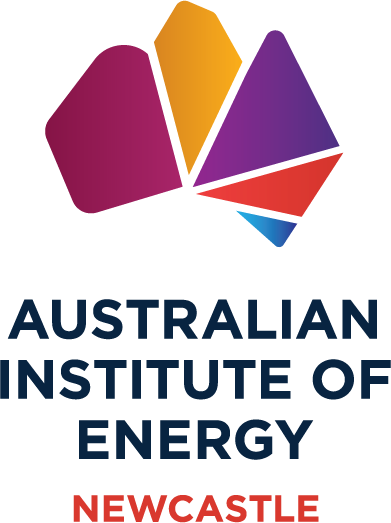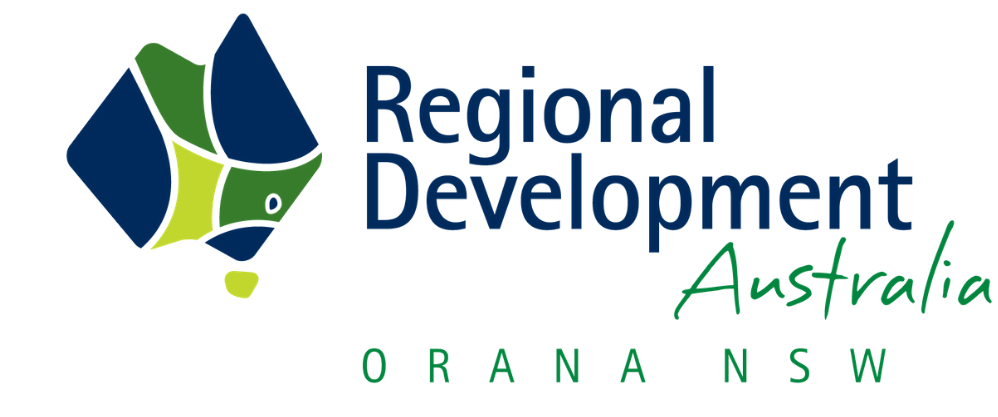IEA report calls for investments and focused policies to support hydrogen viability
Governments need to move faster and more decisively on a wide range of policy measures to enable low-carbon hydrogen, the IEA says in a new report

Currently, global production of low-carbon hydrogen is minimal, its cost is not yet competitive, and its use in promising sectors such as industry and transport remains limited – but there are encouraging signs that it is on the cusp of significant cost declines and widespread global growth, according the IEA’s Global Hydrogen Review 2021.
When the IEA released its special report on The Future of Hydrogen for the G20 in 2019, only France, Japan and Korea had strategies for the use of hydrogen. Today, 17 governments have released hydrogen strategies, more than 20 others have publicly announced they are working to develop strategies, and numerous companies are seeking to tap into hydrogen business opportunities. Pilot projects are underway to produce steel and chemicals with low-carbon hydrogen, with other industrial uses under development. The cost of fuel cells that run on hydrogen continue to fall, and sales of fuel-cell vehicles are growing.
Investments and focused policies are needed to close the price gap between low-carbon hydrogen and emissions-intensive hydrogen produced from fossil fuels. Depending on the prices of natural gas and renewable electricity, producing hydrogen from renewables can cost between 2 and 7 times as much as producing it from natural gas without carbon capture. But with technological advances and economies of scale, the cost of making hydrogen with solar PV electricity can become competitive with hydrogen made with natural gas, as set out in the IEA’s Roadmap to Net Zero by 2050.
The Global Hydrogen Review 2021 lays out a series of recommendations for near term-action beyond just mobilising investment in research, production and infrastructure. It highlights that governments could stimulate demand and reduce price differences through carbon pricing, mandates, quotas and hydrogen requirements in public procurement. In addition, international cooperation is needed to establish standards and regulations, and to create global hydrogen markets that could spur demand in countries with limited potential to produce low-carbon hydrogen and create export opportunities for countries with large renewable energy supplies or large CO2 storage potential.












